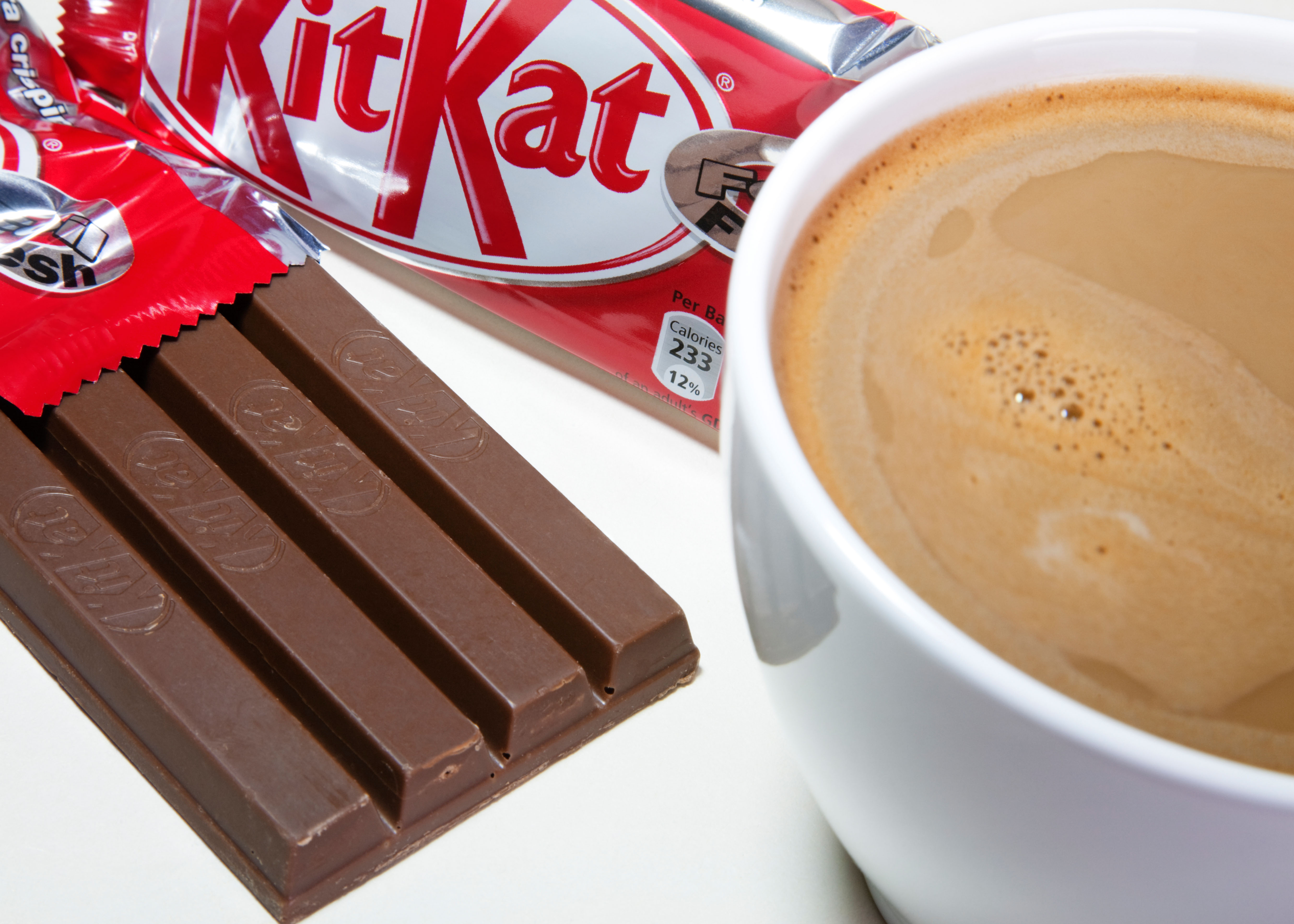Nestlé, the Swiss food giant, ousted its chief executive last month. The business has lagged rivals in recent years, and investors will be hoping the new boss, who started just three days ago, will be able to revive the share price. The company is, after all, home to some of the best known brands in the world — but is that enough to drive returns?
The company has appointed Laurent Freixe as its new leader, following Mark Schneider’s nearly eight-year tenure. Analysts had occasionally sensed concerns from among Nestlé’s leaders that Schneider was not a good cultural fit. This is crucial at the 168 year-old business: when it picked Schneider in 2017, it was the first time an outsider had been appointed CEO in nearly a century. Freixe, on the other hand, has been at the company for almost four decades.
This was still a shock move, but shareholders are pinning their hopes on Freixe to reverse Nestlé’s fortunes. Recent performance has been disappointing: the 2020 acquisition of Palforzia, a peanut allergy drug, led to a $2.1 billion impairment and was sold off last year. The company was hit by a water purification scandal in France, and also suffered IT issues at its health science business, which caused a supply shortage that lasted several months.
Sales growth has also been weak. In February management expected 4 per cent sales growth this year, lower than previously forecast. This fell again to “at least” 3 per cent in its half year results in July.
Nestlé has relied heavily on price increases to drive up its topline: as of the end of last year, its compound annual growth rate for organic sales over three years came in at 7.7 per cent, of which 5.9 per cent came from price rises, according to analysis by the broker Bernstein.
But in the United States, its biggest market, some peers are struggling: McDonald’s, Coca-Cola and PepsiCo have all warned that low-income consumers are reaching the limit on persistent price rises.
There is hope that Freixe will be able to turn performance around. Investors were disappointed in July when the company said that pricing was only up 0.6 per cent across the group, partly because of promotional offers. But real internal growth, Nestlé’s metric for underlying volume, was up 2.2 per cent in the second quarter of the year, compared with a 2 per cent contraction in the prior quarter. The new boss should be able to keep this progress up if he focuses on the right areas to fuel growth, and in a recent call with investors he emphasised the need to invest more in brand innovation.
The company does have an exceptional stable of brands, including the likes of KitKat, Purina pet food and Nescafé coffee. It is hard to overstate its scale too: it employs more than a quarter of a million people. It operates in 188 countries, and last year it made $13.8 billion in trading operating profit on $98.7 billion in sales.

Five years ago, shares in Nestlé were among the most priciest in its peer group, trading at 25 times forward earnings. Now it is trailing behind the pack, with a multiple of 18.8, compared with peers such as Unilever, Mondelez International and PepsiCo, which all trade at around 20.
Its 2025 target of mid to single digit percentage growth in organic sales looks achievable under new leadership, though much of any success will rely on the push for brand innovation and growth. In the meantime, shareholders can still enjoy the income aspect of the stock. The recent fall in the shares has flattered its forward dividend yield, now at 3.4 per cent. Nestlé has an impressive record for cash payouts, with a 1.7 per cent increase in its dividend last year marking its 29th annual rise.
Advice Hold
Why Possible turnaround under new boss
